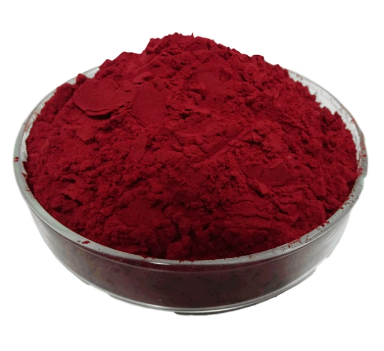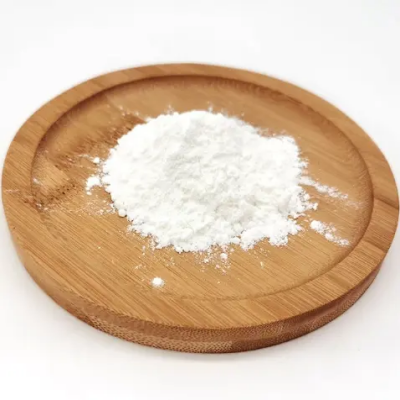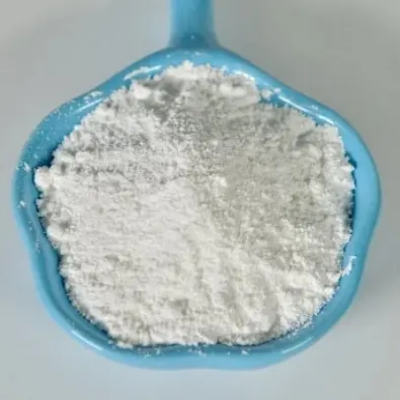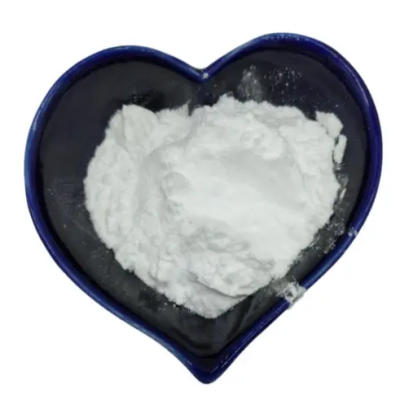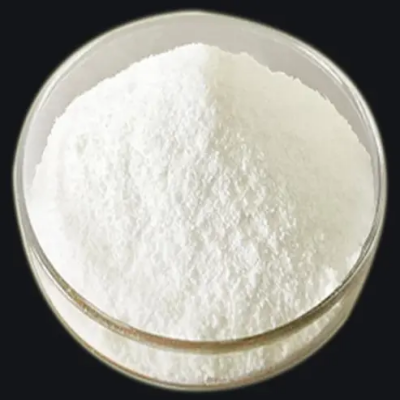Rifampicin CAS:13292-46-1 Manufacturer Price
Antibacterial activity: Rifampicin is effective against a wide range of bacteria, including both Gram-positive and Gram-negative bacteria. It works by inhibiting the synthesis of bacterial RNA, which is crucial for bacterial replication and growth.
Treatment of tuberculosis (TB): Rifampicin is one of the core antibiotics used in the treatment of tuberculosis. It is typically used in combination with other antibiotics, such as isoniazid, pyrazinamide, and ethambutol, to form a multidrug regimen. The combination therapy helps reduce the risk of developing drug resistance.
Treatment of other infections: Rifampicin is also used to treat other bacterial infections, including infections caused by Mycobacterium leprae (the bacteria that cause leprosy) and certain types of meningitis.
Prophylaxis: Rifampicin can be used as a preventive measure to reduce the risk of transmission of bacterial infections. For example, it may be prescribed to individuals who have been in close contact with someone with meningococcal meningitis or to healthcare workers exposed to tuberculosis.
Duration of treatment: The duration of rifampicin treatment varies depending on the type and severity of the infection. For example, in the case of uncomplicated tuberculosis, rifampicin is typically taken for a minimum of six months. It is important to complete the full course of treatment to ensure eradication of the bacteria and prevent the development of drug resistance.
Administration and precautions: Rifampicin is usually taken orally, although it can also be given intravenously in some cases. It is generally well-tolerated but can cause side effects such as gastrointestinal disturbances, skin rash, and liver toxicity. It may also interact with other medications, including oral contraceptives and anticoagulants, so it is important to inform healthcare providers about all medications being taken.
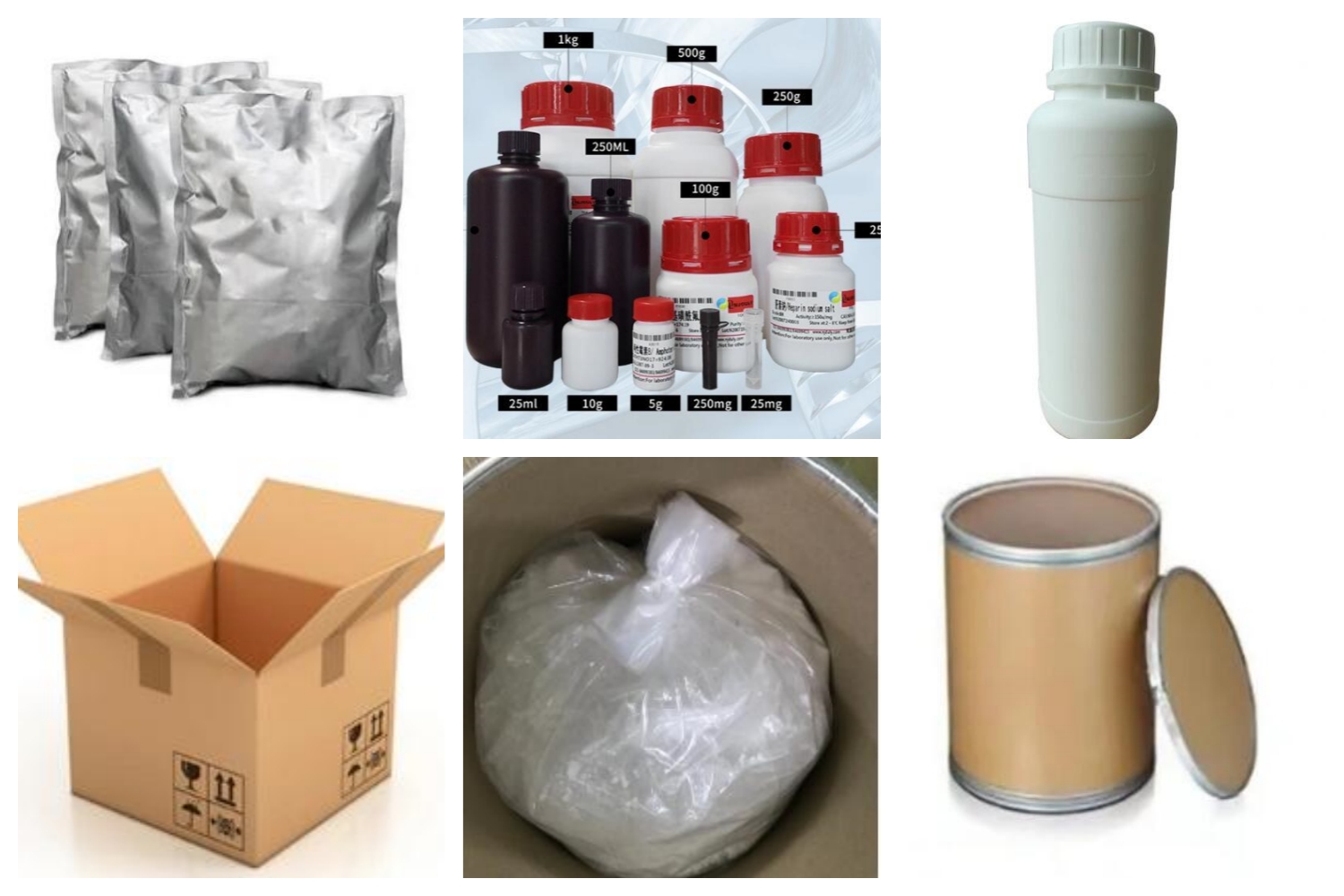
| Composition | C43H58N4O12 |
| Assay | 99% |
| Appearance | Red powder |
| CAS No. | 13292-46-1 |
| Packing | Small and bulk |
| Shelf Life | 2 years |
| Storage | Store in cool and dry area |
| Certification | ISO. |


